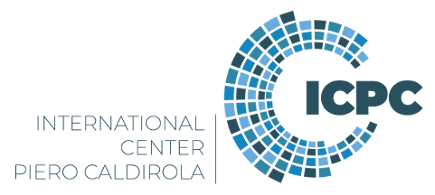Speaker
Description
As the global fusion research community moves toward realizing a fusion reactor, the need for robust control strategies is increasing. Furthermore, smaller fusion reactors than ITER are being proposed to accelerate the demonstration of burning conditions. These reactors will require next-generation scenarios and sophisticated control techniques to efficiently confine plasma at high pressure. They will also require diagnostics and actuators.
The Korea Superconducting Tokamak Advanced Research (KSTAR) project is developing and validating innovative control methods for next-generation fusion reactors. With its superconducting magnets, stable NBI heating system, and tungsten monoblock diverters, KSTAR enables long-pulse, high-performance plasma discharges under conditions relevant to reactors.
This presentation will highlight KSTAR's recent achievements and its strategic role in addressing key challenges in burning plasma research. Strategies to mitigate plasma performance degradation through impurity control in a tungsten environment, suppression of edge-localized modes (ELMs), and plasma disruption using three-dimensional magnetic perturbation have been tested. The development of a plasma control system relevant to ITER is in progress. These upgrade plans include synthetic diagnostics, Bayesian analysis techniques, and a variety of actuators. KSTAR's flexible control architecture and integrated diagnostics suite make it ideal for testing AI-enabled feedback systems and control algorithms, which will be essential for future devices, such as ITER and DEMO. These capabilities enable KSTAR to serve as a national research facility and a global collaborative platform for advancing the physics and control of burning plasmas.

